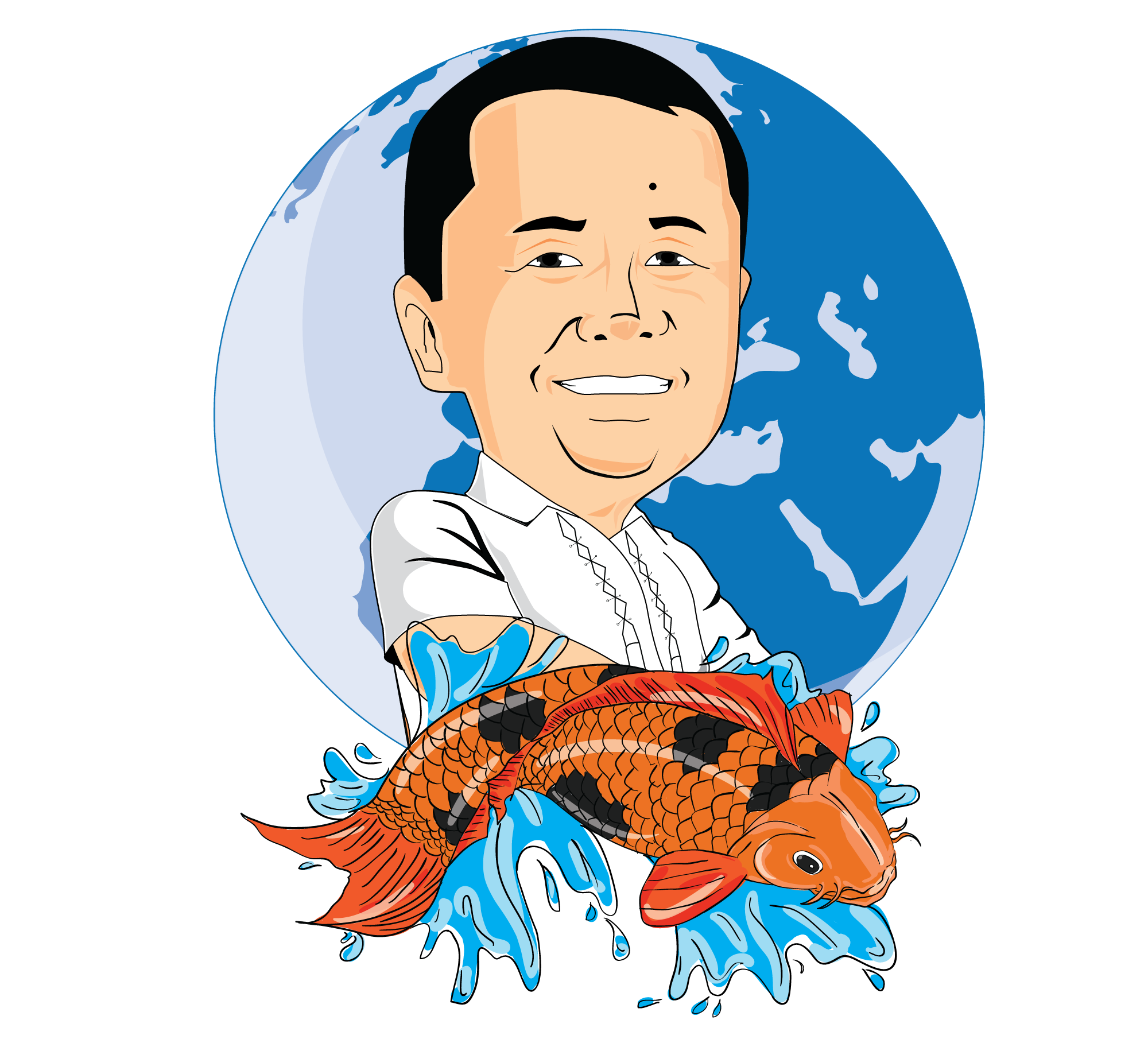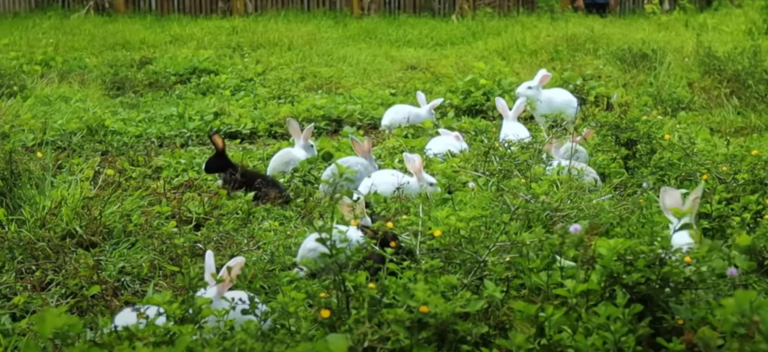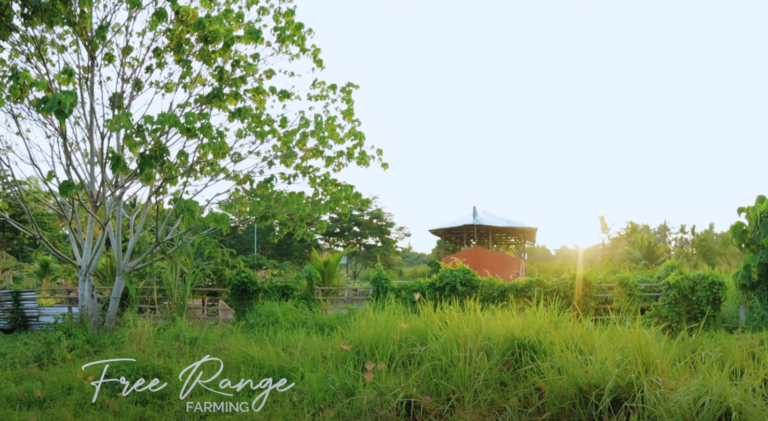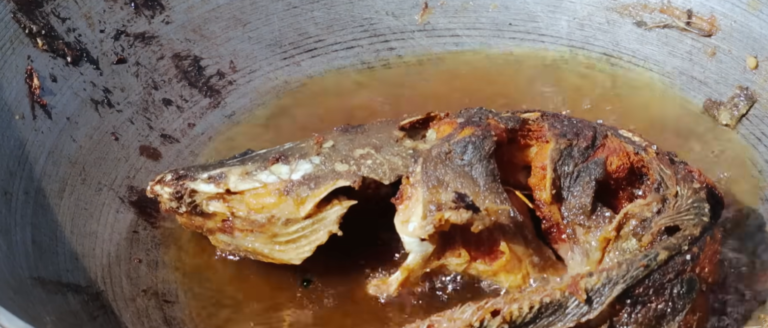Farming Innovations at Dexter’s World: Mastering Catfish Production
Welcome back to Dexter’s World, where every day brings a fresh start and new lessons in the art of farming! Today, we’re excited to share significant progress in our catfish breeding program, a venture that has seen tremendous growth thanks to refined techniques and a touch of innovation.

Revolutionizing Catfish Breeding
At Dexter’s World, we’ve honed our methods to boost the production of ‘hito’ or catfish, adapting natural and sustainable practices to ensure both the health of the fish and the ecosystem of our farm. Our approach uses minimal equipment but achieves maximum efficiency, making it an excellent model for both small-scale and larger farming projects.

The Role of Simple Tools
One of the key innovations in our breeding process involves using everyday materials ingenuitively. Nylon threads, salvaged from rice bags, play a crucial role as egg collectors in our breeding tanks. This simple yet effective tool helps us manage our breeding environment better and ensures the safety and health of the fish spawn.

Optimal Conditions for Breeding
Our single-pair breeding strategy, where one male and one female are paired in a well-maintained tank, has significantly improved our success rates. This method, combined with the controlled water quality in our tanks, proves that even the smallest changes in technique can yield substantial results. We maintain the water clarity and quality by regularly flushing out sediments through a drain pipe system, which keeps our tanks clean and the water fresh.

Feeding Strategies to Combat Cannibalism
A critical challenge in catfish farming is their cannibalistic nature, especially during the early stages of growth. To address this, we’ve implemented a night-feeding routine, capitalizing on the catfish’s nocturnal habits to reduce stress and aggression among the fish. This method has not only decreased loss due to cannibalism but also contributed to the overall health and rapid growth of the fish.

The Growth Stages of Catfish
From birth to the crucial four-week mark, our catfish are closely monitored and fed a diet that promotes healthy growth. By segregating faster-growing fish from their smaller counterparts and ensuring none go hungry, we’ve managed to create a harmonious environment that supports the natural growth cycle of the catfish.

Sustainable Practices and Future Plans
Looking ahead, Dexter’s World is committed to sustainability and innovation. Our recent acquisition of a powerful 12-horsepower water pump represents our dedication to improving farm efficiency. This new equipment allows us to manage water levels effectively, facilitating better care for our fish and ensuring that our ponds are prepared for any weather conditions.

Expanding Our Horizons
The journey doesn’t stop with catfish. We’re exploring the breeding of tilapia using similar natural methods, proving that our techniques are versatile and can be applied to different types of aquaculture. Our goal is to create a model of farming that is not only productive but also replicable, encouraging others to adopt sustainable farming practices.

A Call to Future Farmers
Our experiences here at Dexter’s World underscore the importance of adapting and evolving farming practices to meet environmental and economic challenges. We invite all aspiring farmers and hobbyists to join us in this journey of agricultural innovation. By sharing our successes and lessons learned, we aim to inspire a new generation of farmers to embrace sustainable practices and contribute positively to their communities.

Thank you for tuning in to this update. If you’re inspired by our approach, don’t forget to subscribe to our channel for more insights and updates. Together, let’s cultivate success and sustainability in farming, one video at a time!







